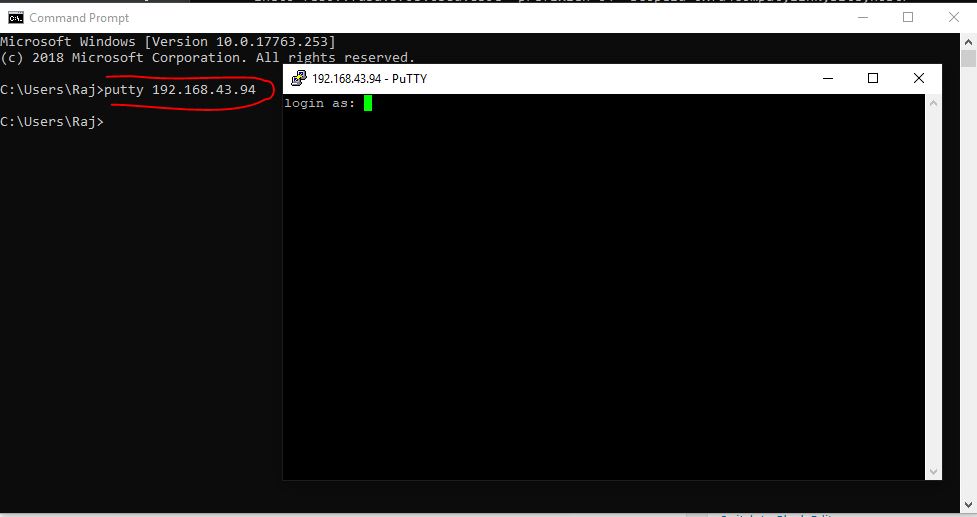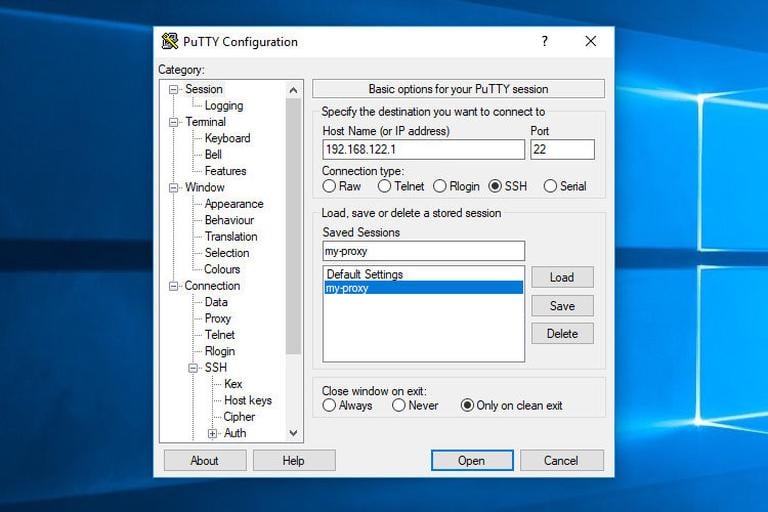

By default, SSH is bonded to port 22 unless the SSH port was changed. To connect to any remote servers via SSH we will use either IP address or FQDN (Fully qualified domain name). Let us now explore some important options from the dialog box. Configuring sessions and related parameters are pretty easy in putty through this dialog box. When we launch putty, you will see a dialog box that controls everything that we can do with putty. You can also download these utilities as standalone binaries. PAGEANT – Authentication agent for Putty, PSCP, PSFTP, and Plink.PLINK – Command Line interface to putty back ends.PUTTYGEN – Utility to generate RSA and DSA keys.PSFTP – general file transfer sessions much like FTP.PSCP – Command-line utility to copy files securely.Some utilities come with the installation and we will see their uses. At the time of writing this article, the current version of putty is 0.74. Installation is pretty straightforward as with any other normal windows installation.
Putty ssh for windows install#
Go to the official putty site to download the binary and install it. The context of this article is created under Windows 10 environment. Since the purpose of the article is to discuss putty let’s jump into it right away. You can play with different options and let us know which serves the best. There are many more alternatives available but each has its pros and cons.

But I have never seen people using Putty in Linux or macOS because it ships with beautiful Terminal. The initial version of putty is dated back to January 8, 1999, and designed for the Windows Operating system but now it is supporting other operating systems like macOS and Linux too.

Putty is an open-source terminal emulator that supports several network protocols like Telnet, SSH, Rlogin, SCP, and Raw Socket.


 0 kommentar(er)
0 kommentar(er)
